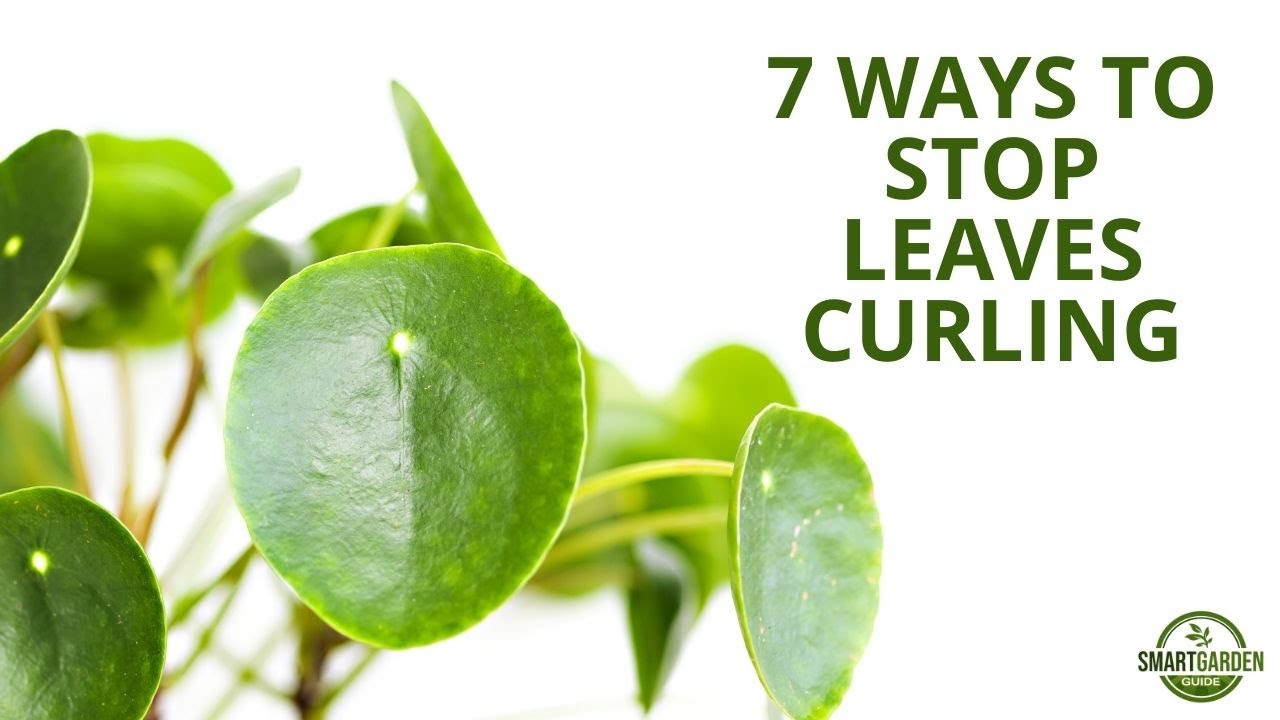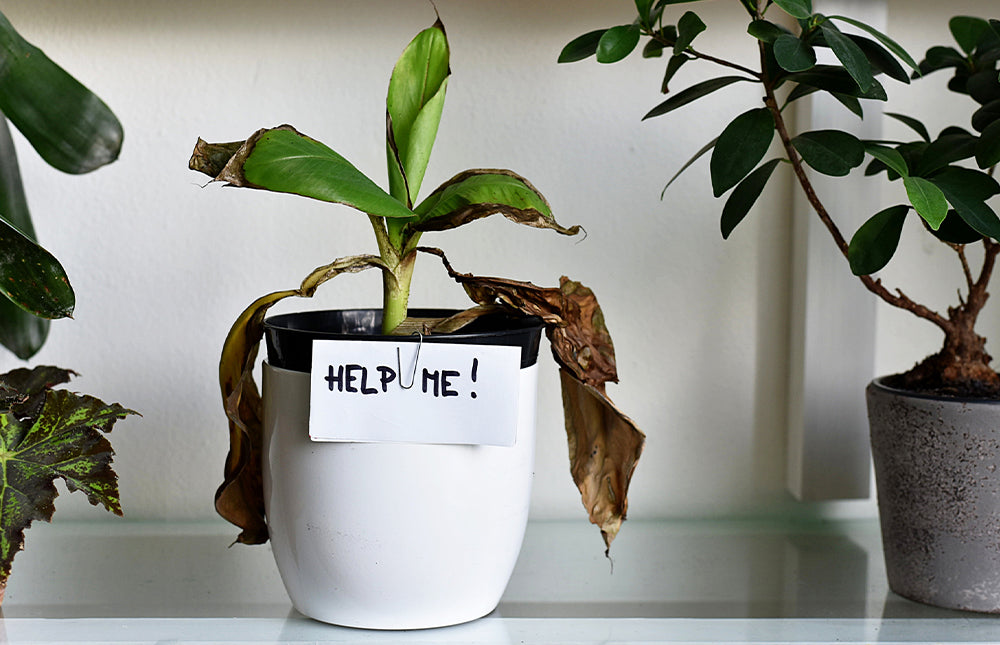How to Fix a Plant with Curling Leaves
If you’ve noticed your plant’s leaves starting to curl, it could be a sign that your plant is experiencing stress. Curling leaves can be caused by a variety of factors, including environmental conditions, pests, and disease. In order to help your plant thrive, it’s important to identify the root cause of the curling leaves and take appropriate action. Here are some tips on how to fix a plant with curling leaves:
1. Check the Environment
One common reason for curling leaves is improper environmental conditions. Check to see if your plant is getting the right amount of light, water, and humidity. Some plants require more sunlight than others, so make sure your plant is in a suitable location. Overwatering or underwatering can also cause curling leaves, so adjust your watering schedule accordingly. Additionally, certain plants may require higher humidity levels, so consider using a humidifier to create the ideal environment for your plant.
2. Inspect for Pests
Pests such as aphids, spider mites, and mealybugs can damage your plant and cause leaves to curl. Inspect your plant for any signs of pests, such as tiny bugs, webbing, or sticky residue. If you detect pests, take action immediately to eliminate them. This may involve using insecticidal soap, neem oil, or a homemade insecticide spray. Keep a close eye on your plant to ensure the pests are gone and the leaves start to uncurl.
3. Address Nutrition Deficiencies
Another reason for curling leaves could be a lack of essential nutrients. Make sure your plant is receiving the proper nutrients it needs to thrive. Consider fertilizing your plant with a balanced fertilizer to provide the necessary nutrients. Be careful not to over-fertilize, as this can also damage your plant. Monitor your plant’s growth and leaf condition to determine if a nutrient deficiency is the cause of the curling leaves.
4. Repotting and Pruning
If your plant is root-bound or if the roots are rotting, it may be time to repot your plant. Check the roots for any signs of overcrowding or decay, and repot your plant into a larger container with fresh soil. Pruning can also help revitalize your plant by removing dead or damaged leaves. Trim away any curled or yellowing leaves to encourage new growth and promote healthy foliage.
5. Consult a Plant ExpertIf you’ve tried various methods to fix your plant with curling leaves and haven’t seen any improvement, it may be time to consult a plant expert. A horticulturist or botanist can help diagnose the issue and provide recommendations for restoring your plant’s health. They may suggest specific treatments or care instructions based on the type of plant and the extent of the damage. Don’t hesitate to seek professional help if you’re unsure how to help your plant thrive.
Conclusion
Curling leaves can be a sign of distress for your plant, but with proper care and attention, you can help your plant recover. By addressing environmental factors, pests, nutrition deficiencies, and other issues, you can encourage your plant to thrive once again. Remember to monitor your plant’s progress and make adjustments as needed to promote healthy growth. With the right care, your plant’s leaves will soon be back to their vibrant, lush state.



